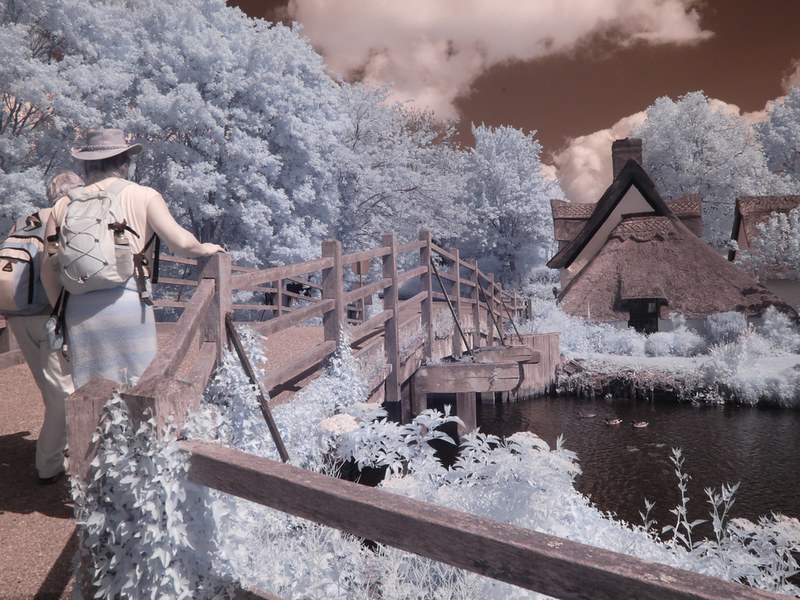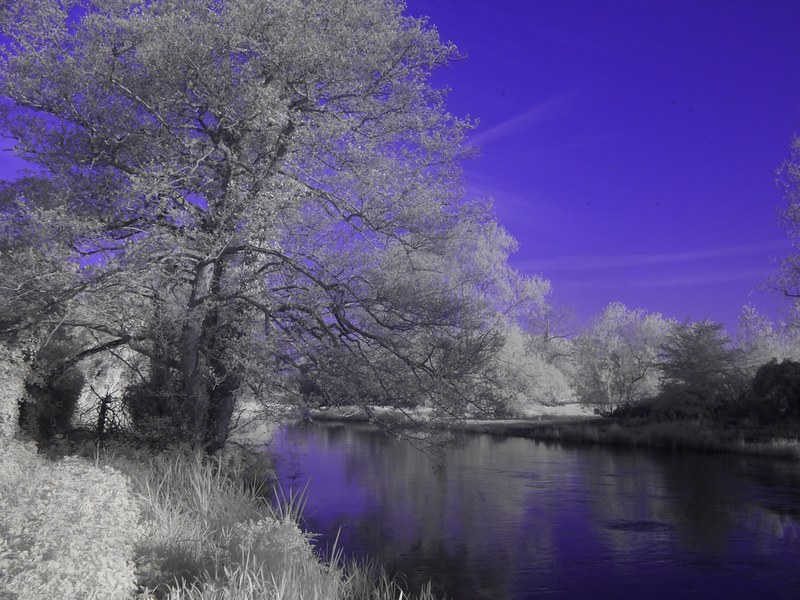It's a cracking photo - well done!

The long exposure gives it life - It's the thing I miss about doing long exposure infrared.
Different light puts a whole new perspective on what you might previously have seen as mundane and boring - and it might be light that happens one time a year, or you see by complete chance. Infrared gives you a different type of light to play with, long exposure IR a different one again! and they work particularly well on days or times of day where light and contrast might not work so well for colour. It'll work for some things, not so well for others. I take 2 cameras everywhere, and treat the IR camera like my colour one - it's used for everything.
Problem with IR is that it's very marmite, as I'm sure you already know and as is demonstrated by this thread

and that's fine - we'd be boring if we were all the same! Personally, I've grown to love it enough to convert cameras, and for the first time bought a new camera specifically to convert, rather than convert my old bodies. Other people look at my work and wonder what planet I'm on! But it's a different string to your bow
On a traditional converted (D)SLR camera, the focus point would ideally be reset to the lens during conversion. However it shouldn't be a problem when using live view to compose, or mirrorless or compact due to the different autofocus method. But for the most part, on a converted SLR, I've never found focus a massive problem, and on an unconverted, hey it's all part of the fun!





 IR BTCC - Cole
IR BTCC - Cole seafront garden aerochrome small
seafront garden aerochrome small P1160563c
P1160563c Flatford bridge
Flatford bridge aP1040285
aP1040285 IR image-2714
IR image-2714 Valley.IR.3185
Valley.IR.3185